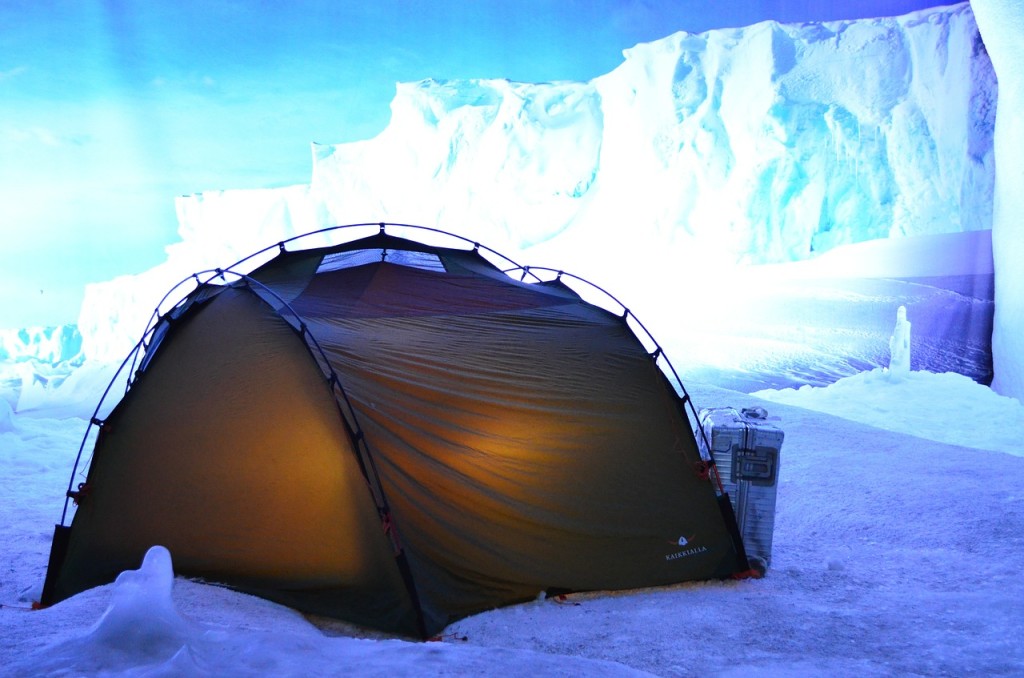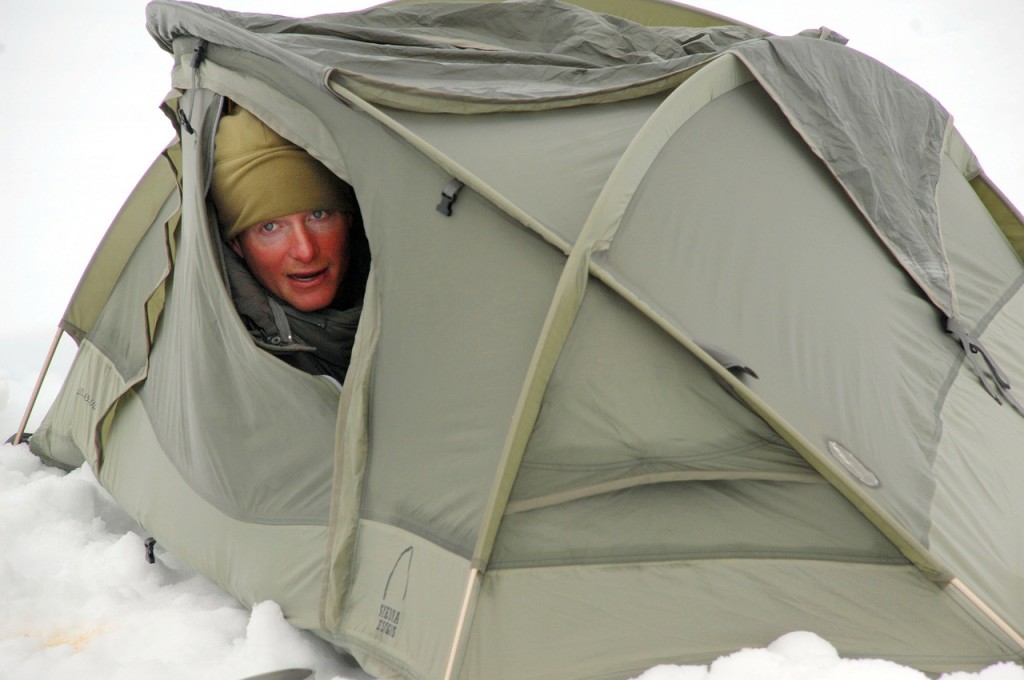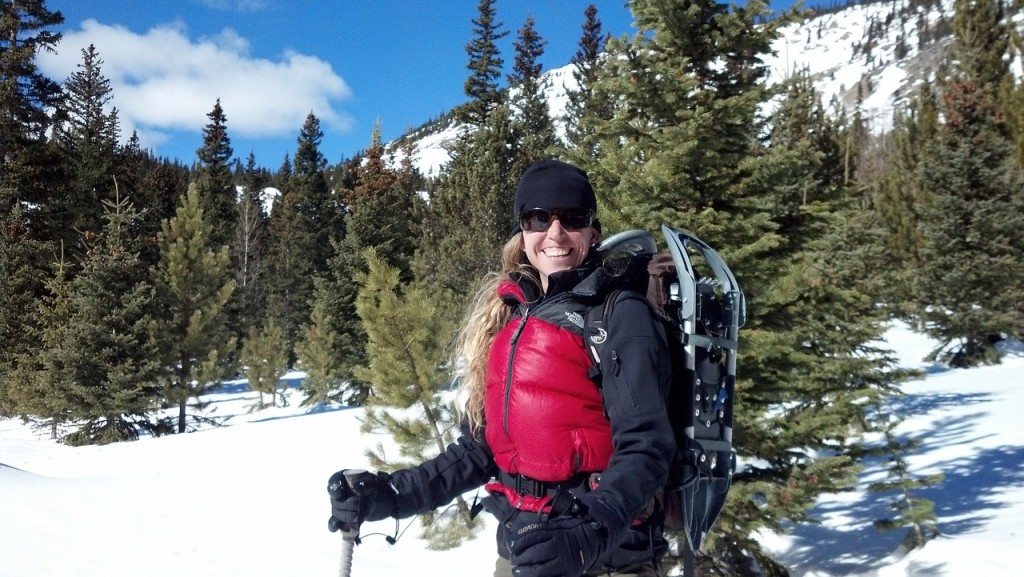Winter Camping Tips You Need To Follow In Order To Live And Tell About It

Why on earth would anyone leave their warm home for a winter camping trip? Or their newly renovated garage with state of the art garage cabinets and garage flooring?
For the adventure of it all, the challenge. For the experience of the blanketed silence, a glimpse of snowshoes hares blurring past, a chance to hear the howling of wolves during daylight hours.
Or, maybe winter campers are just crazy people.
Whatever the reason, there’s an awful lot to consider when you go winter camping. Here is everything you should know before you head out.
The Basics
The team at WinterCampers.com has made a list of all the things you need to get sorted. This list could function as a sort of checklist for first-timers:
- Leave No Trace
- Trip preparation
- Transportation
- Type of shelter and clothing
- The best foods and fluids
- Cooking over stoves and fires in the snow
- Sleeping warm
- Sanitation
- Dealing with cold injuries and hypothermia
That’s site is probably going to be your No.1 resource for trip planning. They even advise on how to go winter camping with your dog. As you can see, preparation is the key to success (read: survival) in winter camping. There’s plenty of food for thought in that one article, and we’ll be touching on most of these topics, plus others, below.
The Bag
Choosing the right sleeping bag for your winter camping getaway can make or break the trip. The experts at Outdoors Geek, a camping gear supply store, write that you’ll need a sleeping bag rated for at least 10 degree below zero: “A -20 may not give you the versatility you want in warmer temps. But a zero-temp rating may also not be enough protection in the worst of the winter months.”
After checking the fit of the sleeping bag, turn your attention to the pad that you’ll put the bag on top of. “Pay attention to the ‘R-value,'” the OG team advises. “It is a measure assigned to the pad’s resistance to heat transfer. You want the pad to trap dead heat under you. The more dead air that remains trapped, the warmer it will keep you.”

Pitching Your Tent
When looking for a campsite in winter, there are a few important things to keep in mind. The folks at Lansky Knife Sharpeners have a great post on winter camping tips that touches on these things. Here are some of their best tips:
- Check that your campsite is not in an avalanche area.
- Make sure it’s safe from falling trees.
- Tie a tarp between two trees to create a wind wall.
- Position the tent opening in a southeastern direction to catch morning sun.
Once you’ve selected your camping site, use your snowshoes or skis to pack down a large square in the snow, and perhaps a path to the area you will be using as a latrine pit.
“When you simply set up a tent on regular snow, a few bad things happen,” writes Troy Robbins at Eureka! “Your body and tent will push down on the snow, making some areas lower than others. Then, your body heat will start to melt the snow. Then, in the middle of the night, it will freeze over. This will give your the ground of a solid ice that has many divots and bumps.”
Building Your Pulk
Experienced winter campers have learned that pulling their gear in a sled conserves much more energy than if they packed it on their backs.
Enter the pulk, a “small toboggan tethered to a heavy belt by poles,” Doug Scott of Snowshoe Magazine writes. It frees you from carrying a heavy load of equipment on your back, and you can even build your own.
“Don’t be tempted to simply tie the toboggan to your waist,” Doug warns. “The poles ensure the sled doesn’t slide downhill faster than you, which is never a good thing. They also give more rigidity to the system so the sled doesn’t flip over going around corners or riding over high spots.”
To get started on this project, you’ll need:
- a plastic toboggan,
- a weightlifter’s belt,
- CPVC pipes of various lengths
- an electric drill,
- CPVC primer and solvent cement,
- a hacksaw
- and sandpaper.
In his tips on winter camping for beginners, Scott Rogers also recommends you use a pulk. He designed and built his own, too. “The main issue with this homemade pulk is that it is not really long enough [commercial pulks are up to 10 feet long, while ordinary toboggans are usually about half that length],” Scott writes. “On the majority of my winter trips, we don’t have enough room on the sleds. This means we have to load the sleds too high, causing them to be tippy, or someone pulls two sleds.”
Hot Tenting
Kevin Callan, author of The Happy Camper, wrote about hot tenting for Explore magazine. Kevin says that a “canvas prospector-style wall tent — equipped with a wood stove” allows him to enjoy rather than endure the cold nights. And he’s tried everything, from sleeping in a four-season tent to a tent-hammock and even a quinzee.
In the video that accompanies his article, Kevin shows how he transports his winter tent and stove by pulling them on a toboggan. On a solo trip, he uses snowshoes to get through waist-high snow in a forest. He admits that setting up the hot tent is a lot of work when alone, but he chooses a sheltered spot with a lot of deadwood around, which he’s happy with.
If you’ve forgotten your fire starter, Kevin says there’s a lot of material around you in the woods that you can use. In the following quick tip video, he demonstrates how to use birch bark and balsam resin as a fire starter.
“There is a major risk factor inherent in heating a canvas tent with a wood-burning stove,” writes professional bushcraft instructor Paul Kirtley writes on his blog. “You have a fire in a metal box, which becomes very hot, within the confined space in which you are living, surrounded by a material that is flammable.”
In addition to burning yourself on a hot stove, tent fire and the danger of carbon monoxide poisoning, Paul writes that you must be aware at all times that “you are working upon a surface that is either uneven or purely compacted snow. A snow platform will, over time, soften with the internal warmth of the tent as well as with people moving around on it.
“Softening of the snow platform will be most pronounced nearest to the stove. It is while moving in these areas that you need to take particular care. Putting your foot through the snow floor of the tent and falling towards the stove is to be avoided at all costs.”

What to Eat
Calorie-dense food is usually best when winter camping: You’re expending a lot of calories just keeping warm, plus you’re burning them up with all the physical activity you’re doing.
Winter camping can accommodate just about any diet. For example, if you replace the cheese in a dish of pasta and broccoli with a sauce made from seasoned peanut butter, you’ve got a vegan meal. Other ideas for high-calorie vegan foods, suggested at the Vegetarian Resource Group blog, include trail mix, bagels, instant oatmeal, dried fruit, and dehydrated hummus or black bean dip, which you would mix with hot water.
Speaking of water, the team at the Lansky blog mentioned above reminds you to stay hydrated: “Don’t ignore this need simply because it’s winter. Water is just as important when you’re outside in the winter as it is in the summer.”
And if you wake up cold at night, the Appalachian Mountain Club says your internal furnace might be burning low. You can stoke it by eating something that provides quick energy, transforming “a middle-of-the-night snack into increased warmth.”
They say that most snacks will be frozen rock-solid, and suggest keeping something like Fig Newtons on hand or taking your Snickers bar to bed with you.
Maybe Leave Your Tent at Home: A Couple of Alternative Accommodations
There’s another way to experience winter camping without hauling your tent and stove. Go online and rent a yurt, as adventurer Heather Rochfort, who writes at Just a Colorado Girl, did. She booked a weekend trip with the family-owned and operated Never Summer Nordic Yurt, which has trails in Northern Colorado near Cameron Pass.
Heather says the five-bed yurt was small, with space at a premium. However, it was equipped with everything you need, she writes. In addition to the beds, there’s a stove, a kerosene lamp, and a small kitchen with a propane stove and room to wash dishes. “It’s simple, it’s rustic, and it’s perfect for a mountain adventure.”
If you have an RV, Jason and Nikki Wynn, a couple of perpetual travelers and RVers, say you can take steps to winterize your vehicle and use it instead of a tent.
Here are some of their suggestions:
- Cover windows, the door and stairwell with heavy fabric.
- Skirt your RV (which can be accomplished with piled-up snow, if you’re staying put for a while).
- Use a pellet stove or propane heater for inexpensive heating.
- Use heated water hose.
- Use a PVC pipe for your sewer line instead of the standard RV drain hose.
- Use heated mattress pad for your bed.
images by:
David Mark, Claudia Peters, Jason Lawrence
